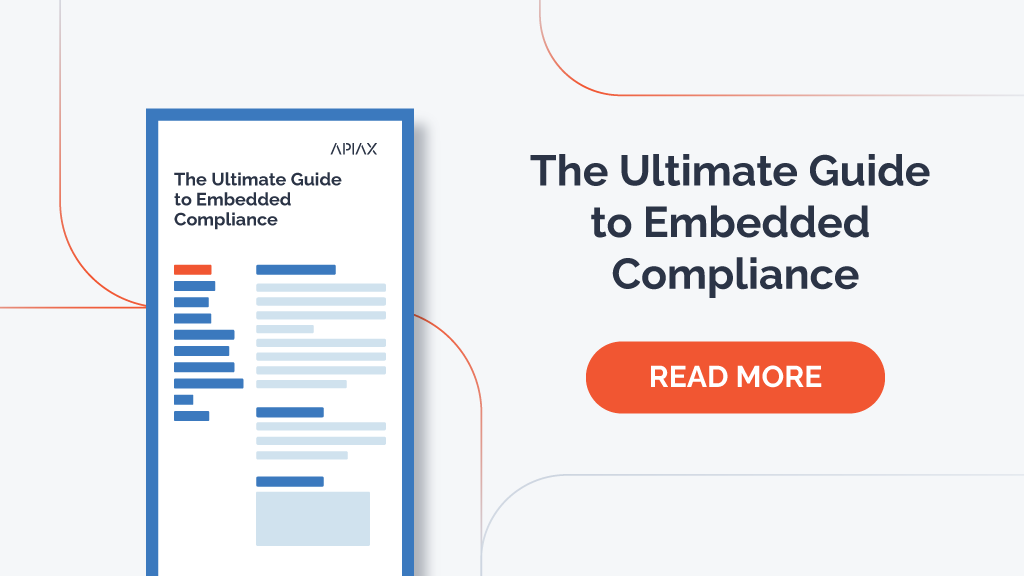
Asset management compliance serves an important purpose, but unless compliance is dealt with efficiently, it ends up obstructing the banking business. Just one recent example is MiFID II, which in 2018 imposed significant additional reporting requirements around both individual transactions and overall trade flow.
It’s unlikely that it is the last time we’ll hear of new regulations. Indeed, a 2021 Thomson Reuters survey highlighted how 78% of respondents stated that they expected an increase in regulatory information in the coming year.
Keeping ahead of changing regulations requires specialist knowledge and a significant investment in time – but there’s a concurrent talent war for compliance expertise. Dedicating more staff hours is unlikely to be a sensible fix.
There is, thankfully, a light at the end of the tunnel, as several key trends are helping financial institutions manage their compliance burden better. In this article, we’ll outline 4 asset management compliance trends that can help your organisation ease the burden, including leveraging compliance automation for growth.
1. Digitising compliance activities
Not that long ago compliance activities could be managed through handbooks, internal memos, and a couple of documents posted on the intranet. Because compliance was an occasional and relatively simple requirement organisations could manually deal with compliance tasks – by filling out a few forms and sending those off.
But compliance regulation has simply picked up too much speed for asset managers to continue working on that basis, and there are arguably a few contributing factors. It’s now the norm rather than the exception that a transaction is scrutinised, and that significantly increases the volume of compliance tasks. The sheer size of the regulatory burden has also dramatically increased while the pace of regulatory change has increased too.
It means that, at a minimum, consulting compliance requirements and executing them need to be turned into digital processes. Documents such as country manuals must be digitised and made easily accessible. Similarly, the compliance team can set up digital rules that asset and relationship managers can respond to, ensuring that compliance tasks are completed on time, rather than missed or becoming overdue because of an oversight.
In 2022, companies that still follow manual compliance procedures will need to switch to digital information sources and digital compliance processes to avoid the risk of non-compliance.
2. Efficient compliance monitoring
Digitisation of asset management compliance is necessary and a priority, but it’s just the first step.
Regulation is changing frequently, creating a significant burden for compliance teams, and the headcount is not growing to compensate. The net result is that asset management teams are unsure of what they can or cannot do and may (understandably) question whether internal advice reflects every nuance of the latest regulation.
That’s why compliance monitoring is a critical task, but it needs a degree of efficiency to help asset managers sift through the changes relevant to them, including determining the implications of those changes and how to respond.
Adopting regulatory technology or compliance tools is key because access to regulatory compliance automation simplifies the whole process. It also reduces how much time teams spend on compliance monitoring by drawing attention to what really matters. For example, online compliance monitoring can automatically flag changes in pertinent regulations so compliance teams can start to act right away.
According to Izabela Kucewicz, Apiax Head of Regulatory Engineering:
One of the most crucial factors for legal and compliance teams working in asset management is access to up-to-date financial regulations. Staying on top of regulatory changes is essential in detecting any non-compliant activities and helps to reduce the time required to execute compliance monitoring processes. At Apiax we focus on providing regulatory answers based on the most updated regulations for each jurisdiction
Given the risk of being fined for not responding to rapidly changing compliance regulations, FIs will need to explore tools that help make compliance monitoring more efficient.
3. Automate to scale asset management compliance
Compliance monitoring is not the only area ripe for automation. There’s an argument to be made that the entire compliance handling process must be automated end to end. Manual processes – even where these are in the digital realm – are excessively time-consuming. And there’s also the possibility of human error, with an associated risk of costly penalties due to compliance breaches.
Only by automating much of the compliance process banks can effectively scale asset management compliance. In the absence of automation, scaling becomes a costly process, or worse, it limits growth.
Investing in digital banking compliance introduces more confidence into compliance processes, as they are far easier to verify and report on, which delivers the reassurance that controls are in place and effective.
Through 2022 compliance automation will help banks to adopt scalable compliance management systems. As a result, compliance teams don’t need to be the bottleneck for every single compliance request. Compliance digitisation will also act as an extra layer of help so that compliance teams spend less time with menial tasks – and more time supporting the business where it’s really needed.
4. Embed compliance into business processes
When a business process becomes a significant burden to an organisation it can be worth rethinking how that business process is handled, and that goes for compliance too. Financial institutions can now embed compliance right within their business processes, rather than dealing with it as a separate issue.
By embedding compliance into everyday processes asset managers get instant answers to regulatory questions when and where it is needed, right within existing technology infrastructure. By using a compliance management software, teams can step through everyday activities faster, and do so in a compliant way.
Compliance can be embedded in most business processes – and in most enterprise applications, like a CRM or even a trade execution software. Asset managers can instantly know what to do for a client in a specific country. There’s no need to stay on hold to consult with a colleague or go through the tediously regulatory manual to find the answer.
According to Christina Frein, Head of Regulatory Practice:
We see a lot of business potential where asset management clients introduce embedded compliance. These automatized compliance checks make it affordable to replace an one size fits all approach, which often means the low risk default, with a tailored approach to offer and market their products. With that, they expand their market and increase their revenues.
Dealing with compliance as an integrated step rather than a separate process is a key trend through 2022.
Banks that are aware of these regulatory compliance trends can take what is a net drain on their operations and turn it into a competitive advantage. On the other hand, institutions that fail to move on from traditional banking compliance processes are at risk of being stuck at a slower and less sustainable growth rate.
And it doesn’t need to be an immediate, disruptive, wholesale change either. When it comes to embedded compliance, it’s possible to start with a single business issue and move on to other scenarios over time.


